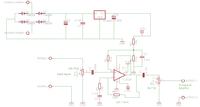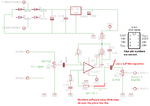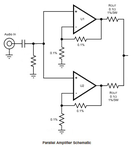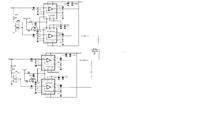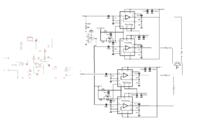
- Joined
- Jul 4, 2009
- Messages
- 16,631
- Helped
- 5,158
- Reputation
- 10,349
- Reaction score
- 5,243
- Trophy points
- 1,393
- Location
- Aberdyfi, West Wales, UK
- Activity points
- 140,744
Are you sure that schamatic is correct Audioguru? You appear to have a double inversion on the lower amplifier so both outputs would be in phase.
Brian.
Brian.

